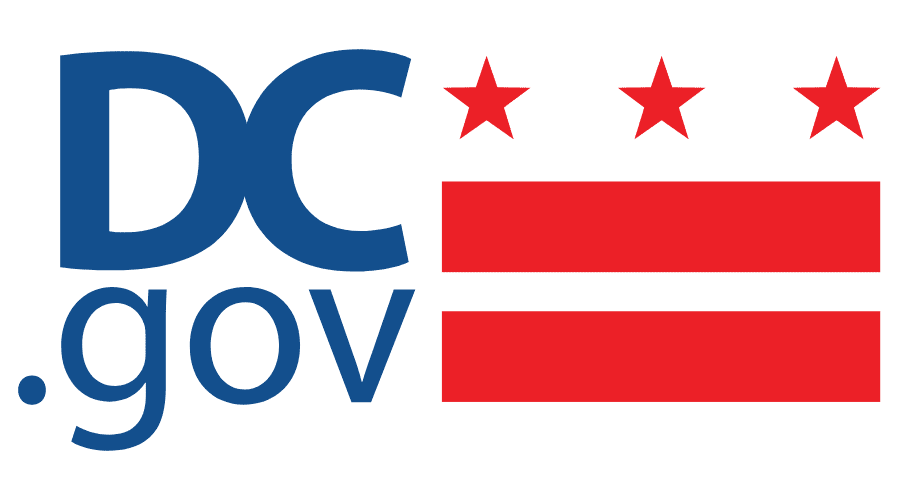Shake hnd
4 min read
-The history of shaking hands
The history of shaking hands is a long and complicated one. It is believed that the practice began as a way to show that one was not carrying a weapon. In ancient times, when people met for the first time, they would extend their right hand to show that they were not holding a weapon.
The gesture then evolved into a way of showing goodwill and friendship. In medieval times, when knights met, they would often shake hands as a sign of respect. The practice then spread to other parts of Europe and the world.
Today, shaking hands is a common gesture of greeting and goodwill in many cultures. It is a simple way to show that you are happy to meet someone.
-The meaning of shaking hands
Shaking hands is a gesture that is used as a form of nonverbal communication and is considered to be a part of social etiquette. It is usually done when two people are greeting each other or when they are saying goodbye.
The act of shaking hands is thought to have originated as a way of showing that you are not holding a weapon in your hand. It is also seen as a sign of good faith and as a way of sealing a deal. In some cultures, it is also seen as a way of showing respect.
There are many different ways of shaking hands, and the meaning of this gesture can vary depending on the culture. In some cultures, a firm handshake is seen as a sign of respect, while in others, it is seen as a sign of aggressiveness.
The meaning of shaking hands can also vary depending on the context in which it is done. For example, a handshake between two business partners may have a different meaning than a handshake between two friends.
No matter what the meaning of shaking hands is in a particular culture, it is generally seen as a positive gesture.
-The benefits of shaking hands
Shaking hands is one of the most common forms of greeting around the world. But did you know that there are actually many benefits to shaking hands? Here are just a few:
1. Shaking hands can help to build rapport and trust.
When you shake someone’s hand, you are making a physical connection with them. This can help to build rapport and trust, as it shows that you are willing to physically connect with the other person.
2. Shaking hands can help to diffuse tension.
If you are feeling tense or nervous, shaking someone’s hand can help to diffuse that tension. The physical act of shaking hands can help to release some of the tension that you are feeling, making it easier to relax.
3. Shaking hands can show respect.
Shaking someone’s hand is a sign of respect. It shows that you value the other person and that you are willing to take the time to physically greet them.
4. Shaking hands can be a sign of confidence.
Shaking someone’s hand with a firm grip can be a sign of confidence. It shows that you are not afraid to physically connect with the other person and that you are confident in your own abilities.
5. Shaking hands can be a sign of friendship.
Shaking someone’s hand can be a sign of friendship. It shows that you are willing to physically connect with the other person and that you view them as a friend.
-The etiquette of shaking hands
The etiquette of shaking hands is a complex subject. There are many different customs and traditions associated with this simple act. In some cultures, a handshake is seen as a sign of respect, while in others it is seen as a sign of friendship. In some cases, a handshake may even be seen as a sign of aggression.
There are many different ways to shake someone’s hand. The most common is to extend your hand and grip the other person’s hand firmly. However, there are also variations on this, such as the “handshake with a twist” where you grip the other person’s hand and then twist it slightly.
The etiquette of shaking hands also varies depending on the occasion. For example, it is considered more formal to shake someone’s hand when you are being introduced to them for the first time. On the other hand, if you are meeting someone for the first time and you are both participating in a casual activity, such as playing a sport, it is considered more appropriate to simply nod or wave.
The etiquette of shaking hands also varies depending on the country. In some countries, it is considered polite to wait for the other person to extend their hand first. In others, it is considered more polite to extend your hand first.
Finally, it is important to keep in mind that the etiquette of shaking hands is constantly evolving. What is considered polite today may be seen as rude tomorrow. As such, it is always important to be aware of the latest trends and customs.
-How to shake hands
When shaking hands, it is important to remember that this is a gesture of goodwill and friendliness. The following tips will help you make a great impression when shaking hands:
1. Make eye contact: This shows that you are confident and interested in the person you are shaking hands with.
2. Smile: A smile makes the gesture more sincere and inviting.
3. Use a firm grip: A firm handshake conveys confidence, but avoid crushing the other person’s hand.
4. Shake hands from shoulder height: This is the most natural and comfortable position for shaking hands.
5. Keep your hands dry: Wet hands can make the handshake uncomfortable.
6. Don’t overdo it: A handshake should last no longer than a few seconds.







